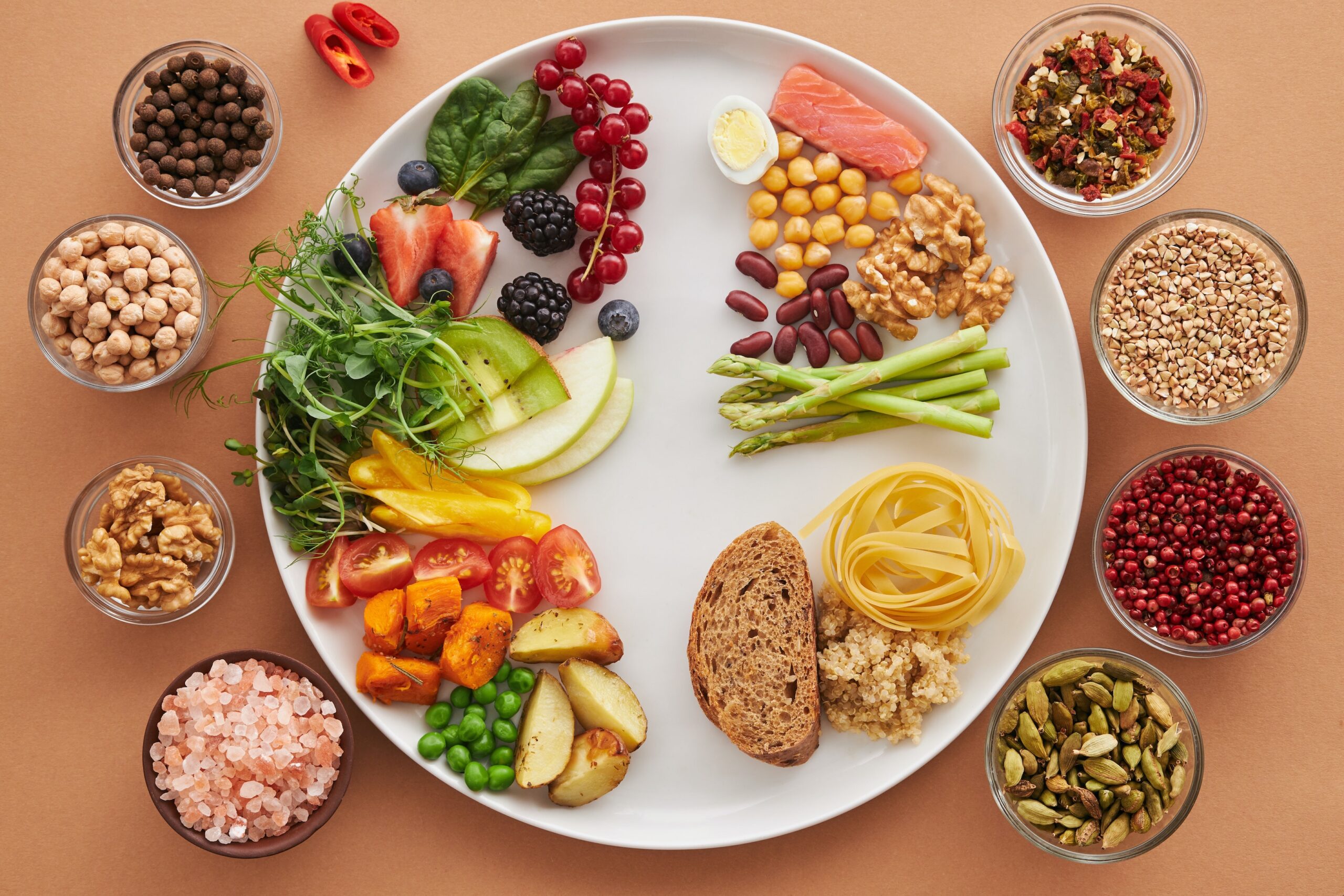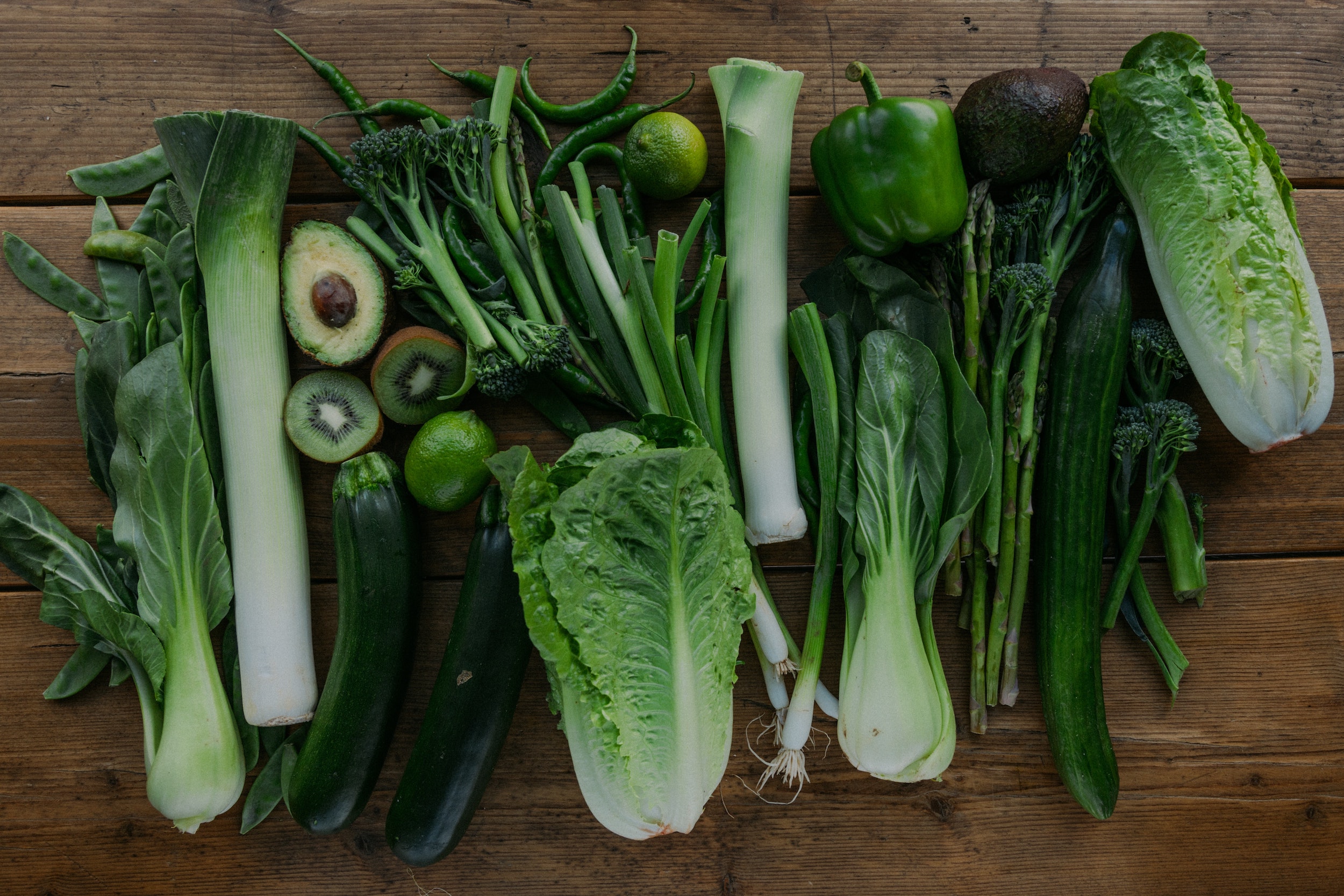Most Common Nutrient Deficiencies in Children
If you’ve ever wondered “How do I know if my child is nutrient deficient?” or “What nutrients are most important in my child’s diet?” this post is for you!
I find that most people are on either side of the spectrum regarding nutrient deficiencies. Either they overlook them or over-supplement WAY too much. This article aims to hopefully land us all in a safe middle-ground.
It is crucial as a parent to identify nutrient deficiencies and how they contribute to your child’s growth and development. Knowing which vitamins and minerals are most commonly deficient is a great first step!
What is a nutrient deficiency?
A true nutrient deficiency is a lack of sufficient vitamins or minerals. This can occur if there is a low intake of vitamins and minerals OR if there is an issue absorbing nutrients properly.
Long-term nutrient deficiencies in children can lead to long-term health effects. These include mental delays, growth issues, skin disorders, digestive problems, and cardiovascular diseases.
How do I know if my child is deficient?
Each deficiency has different signs and symptoms. See below under each vitamin or mineral for their specific signs and symptoms. If you are suspicious of a nutrient deficiency, please see a medical professional who can confirm with blood work.
Without blood work to confirm a deficiency, we usually end up over-supplementing. When any vitamin or mineral is over-supplemented, kids will pee out the excess or store the excess in their fat. So it’s important not to over-supplement! More on this later.
A quick side note – children (and adults) of ALL sizes can be nutrient deficient. Even if a child is overweight or obese, there is still room for a deficiency. Although they might be eating an excessive amount of calories, 27% of the average American diet is energy-rich and nutrient-poor foods (1). So they might be getting all the calories but none of the nutrients!
Should I use supplements?
The topic of nutrient deficiencies is almost always followed by “What supplements should I give my kids?”.
One very important precursor to the answer is that supplements will only be effective for the nutrients you are deficient in. If you have adequate nutrients, you will either excrete it out as urine or store the excess in your fat, which is no use to your body either way!
I find that most kids do not need supplements unless they fall into one of the four categories:
- Athletes who take part in sports/exercise for 2+ hours multiple times per week
- Kids with chronic illnesses that lower their gut absorption (Chron’s, cystic fibrosis, celiac disease, etc)
- Kid’s with several food allergies that lead to full food group elimination
- Severely picky eaters that lead to full food group elimination
Most Common Nutrient Deficiencies
For each of the nutrients below, we will cover the same information:
- Why is this nutrient important?
- What are the signs of a deficiency?
- How much do they need?
- Which foods are high in this nutrient?
Iron
A shocking 41.7% of children worldwide have iron deficiency (2). In lower-income areas, this can be attributed to a lack of access to high-quality proteins. However, it is also an issue in higher-income households due to picky eating. Picky eaters often turn down protein and leafy greens – two of iron’s top sources.
Iron is different than many other nutrients in that it might not be caused by low iron intake. Iron deficiency can also be caused by poor absorption or chronic blood loss caused by other diseases (inflammatory bowel disease, celiac disease, Crohn’s, etc) (2).
- Iron helps the body move oxygen from your lungs to the rest of your body. Because of this, it is essential for a child’s growth and development.
- Signs of iron deficiency include pale skin, fatigue, cold hands, and feet, slowed growth and development, abnormally rapid breathing, frequent infections, poor appetite, and unusual cravings for non-food substances like ice/dirt/paint (3)
- Recommended daily intake is as follows:
- 7-12 months: 11 mg
- 1-3 years: 7 mg
- 4-8 years: 10 mg
- 9-13 years: 8 mg
- 13-18 years, girls: 15 mg
- 13-18 years, boys: 11mg
- Foods high in iron include red meats, poultry, fish, shellfish, eggs, nuts, dried fruit, fortified whole wheat products, beans, dark green vegetables (spinach, broccoli, kale, etc), oats, tofu
Vitamin D
There is a common misconception that vitamin D deficiency is caused by kids not being outside enough. And while that can definitely contribute, there is still a chance of being deficient even if they are outdoors daily!
- Vitamin D helps the body absorb calcium, making it important for healthy bone growth and development.
- Signs of vitamin D deficiency include low bone density, muscle weakness or cramps, fatigue, and depression.
- Recommended daily intake is as follows:
- 0-12 months: 400 IU
- 12-24 months: 600 IU
- 1 year+: 600 – 1000 IU
- Foods high in vitamin D include salmon, tuna, mushrooms, fortified orange juice, fortified milk, eggs, fortified cereals
Calcium
- Calcium helps the body form strong bones, coordinate proper muscle movement, and carry messages from the brain to the rest of the body.
- Signs of calcium deficiency include jittering or muscle twitching, abnormal heart rate, low appetite, fatigue, poor oral health, and cognitive issues
- Recommended daily intake is as follows:
- 1-3 years: 700 mg
- 4-8 years: 1000 mg
- 9-18 years: 1300 mg
- Foods high in calcium include dairy, fortified plant milk, fortified orange juice, edamame, leafy greens, almonds
Fiber
So many kids (and adults!) don’t get enough of fiber. Specifically, only 5% of Americans consume the recommended daily allowance of fiber.
- Fiber helps the body balance blood sugars, keeps kids fuller for longer, promotes regular bowel movements, and helps prevent high cholesterol
- Signs of fiber deficiency include constipation, stomach pain, hemorrhoids, high cholesterol, and fatigue
- Recommended daily intake is as follows:
- 1-3 years: 19 grams
- 4-8 years: 25 grams
- 9-13 years: 28 grams
- 13-18 years: 35 grams
- Foods high in fiber include lentils, nuts, raspberries, oats, avocado, pear, whole wheat products, chia seeds, flax seeds, broccoli
Zinc
- Zinc helps the body build a healthy immune system and plays a role in wound healing
- Signs of zinc deficiency include loss of appetite, slow growth, frequent infection/sickness, hair loss, diarrhea
- Recommended daily intake is as follows:
- 1-3 years: 3-5 mg
- 4-8 years: 5 mg
- 8-13 years: 8mg
- 13-18 years: 9-11 mg
- Foods high in zinc include chicken, beef, pork, squash, lentils, yogurt, shellfish, and sweet potato. However, the absorption of zinc is lowered when eaten with phytates (lentils, beans, nuts, oats). If your child is deficient in zinc, try to serve proteins without nuts, beans, or legumes
Folate
Folate is usually known for its importance in pre-natal nutrition for fetal growth. However, it is essential for our children’s growth and development!
- Folate is essential for the body to form new cells – which makes it VERY important for the first couple of years of life.
- Signs of folate deficiency include pale skin, low appetite, increased irritability, low energy, diarrhea, and smooth/tender tongue. Very similar to iron deficiency!
- Recommended daily intake is as follows:
- 1-3 years: 150 micrograms
- 4-8 years: 200 micrograms
- 9-13 years: 300 micrograms
- 13-18 years: 400 micrograms
- Foods high in folate include legumes, asparagus, eggs, leafy greens, beets, citrus, avocado, mango, corn
Magnesium
- Magnesium helps the body regulate nerve and muscle function, moderate blood pressure, and form healthy new cells.
- Signs of magnesium deficiency include muscle twitches/cramps, poor sleep, fatigue, loss of appetite, nausea, and vomiting
- Recommended daily intake is as follows (4):
- 0-12 months: 30 mg
- 1-3 years: 75 mg
- 4-8 years: 130 mg
- 9-13 years: 180 mg
- 14-18 years: 400 mg
- Foods high in magnesium include almonds, cashews, spinach, oatmeal, avocado, peanut butter, banana
References
- Kant, A. K. (2000). Consumption of energy-dense, nutrient-poor foods by adult Americans: Nutritional and health implications. The third National Health and Nutrition Examination Survey, 1988–1994. The American Journal of Clinical Nutrition, 72(4), 929-936. https://doi.org/10.1093/ajcn/72.4.929
- Yue, T., Zhang, Q., Li, G., & Qin, H. (2022). Global Burden of Nutritional Deficiencies among Children under 5 Years of Age from 2010 to 2019. Nutrients, 14(13). https://doi.org/10.3390/nu14132685
- “Is Your Child Low on Iron? Prevention Tips for Parents.” Mayo Clinic, 25 Feb. 2022, www.mayoclinic.org/healthy-lifestyle/childrens-health/in-depth/iron-deficiency/art-20045634. https://www.mayoclinic.org/healthy-lifestyle/childrens-health/in-depth/iron-deficiency/art-20045634
- Haimi, M., & Lerner, A. (2014). Nutritional deficiencies in the pediatric age group in a multicultural developed country, Israel. World Journal of Clinical Cases : WJCC, 2(5), 120-125. https://doi.org/10.12998/wjcc.v2.i5.120






Pingback: Baked Egg Muffins (Easy Breakfast for Kids)
Pingback: Apple Pie Overnight Oats (Easy Breakfast for Kids)
Pingback: Guacamole For Kids – High Protein + High Fiber
Pingback: 10 Ways to Increase Your Kid’s Calories - The Pediatric Dietitian
Pingback: Best Immunity-Boosting Foods for Kids
Pingback: 5 Food Chaining Examples: How to Help Your Picky Eater - The Pediatric Dietitian
Pingback: Is “Food Before One is Just for Fun” a Myth? - The Pediatric Dietitian
Pingback: Is Your Kid Pocketing Food? Solutions From a Pediatric Dietitian
Pingback: 50 Healthy Snacks to Eat with Braces
Pingback: 15 Natural Probiotics for Kids
Pingback: No-Bake Chocolate Chip Energy Bites
Pingback: Recipes for Baby | Cauliflower Puree
Pingback: 45 Vegetarian Kid’s Snacks
Pingback: Parsnip Puree For Baby